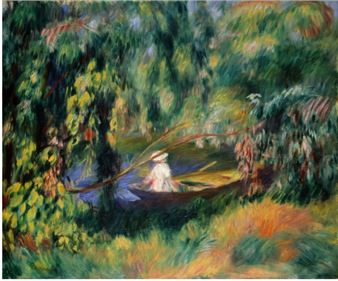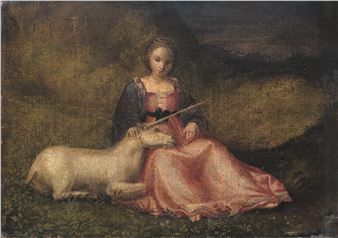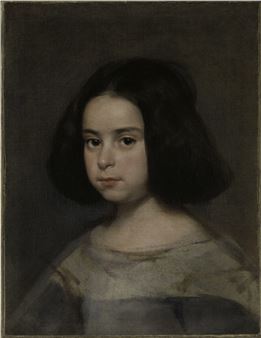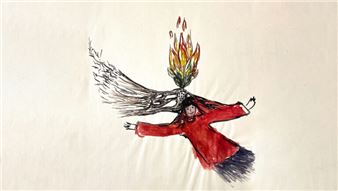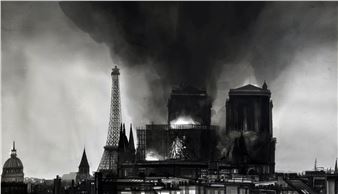The Marriage of Heaven and Hell – William Blake and his Contemporaries
William Blake is a towering presence in British art and literature. His visionary works in painting, print and watercolour have gone on to inspire generations and are now, two hundred years later, recognised as a unique contribution to world culture. The great originality of his art and poetry continues to inspire today. But he was not alone – many British artists embraced the irrational and emotional, took up highly subjective themes, and sought out renewed spirituality or escape during these decades. Like Blake, they were responding to a world in turmoil. The Romantic imagination that emerged in Britain was born out of the humiliating defeat in the American Revolutionary Wars, the shockwaves of the French and Haitian Revolutions in the 1790s, the hardships of the long wars with France, years of political and social unrest at home, and the rapid pace of technological and industrial development. The art of Blake and his contemporaries reveals the spirit of their age.
In many ways William Blake epitomises our image of the Romantic artist today – an isolated genius, largely unappreciated in his own time. Living in London, Blake worked as a commercial engraver to support his own creative projects. Often working late into the night, he devised new techniques in printing and painting to fully express his imagination. He saw himself as a prophet, bridging spiritual and physical worlds through his art and poetry. Blake’s work often drew on his radical politics, deep religious beliefs, and personal struggles.
The exhibition presents a selection of his finest works from the Tate Collection, putting them in the context of a turbulent moment in British art, imagination and history. Blake’s enduring images will be shown alongside works by the artists who most inspired him, including Henry Fuseli, Benjamin West and John Hamilton Mortimer, as well as artists – such as William Turner, James Berry, Samuel Palmer – who were inspired by him.
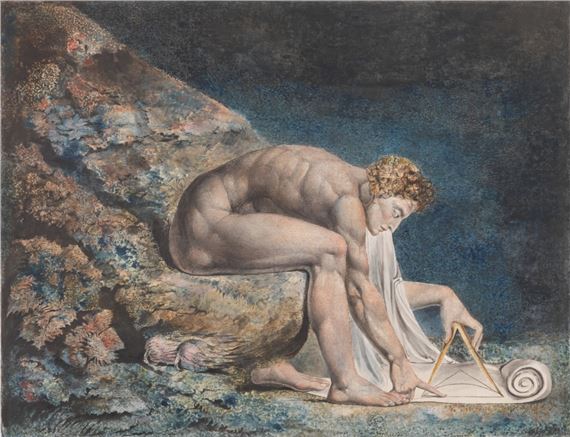
Recommended for you
William Blake is a towering presence in British art and literature. His visionary works in painting, print and watercolour have gone on to inspire generations and are now, two hundred years later, recognised as a unique contribution to world culture. The great originality of his art and poetry continues to inspire today. But he was not alone – many British artists embraced the irrational and emotional, took up highly subjective themes, and sought out renewed spirituality or escape during these decades. Like Blake, they were responding to a world in turmoil. The Romantic imagination that emerged in Britain was born out of the humiliating defeat in the American Revolutionary Wars, the shockwaves of the French and Haitian Revolutions in the 1790s, the hardships of the long wars with France, years of political and social unrest at home, and the rapid pace of technological and industrial development. The art of Blake and his contemporaries reveals the spirit of their age.
In many ways William Blake epitomises our image of the Romantic artist today – an isolated genius, largely unappreciated in his own time. Living in London, Blake worked as a commercial engraver to support his own creative projects. Often working late into the night, he devised new techniques in printing and painting to fully express his imagination. He saw himself as a prophet, bridging spiritual and physical worlds through his art and poetry. Blake’s work often drew on his radical politics, deep religious beliefs, and personal struggles.
The exhibition presents a selection of his finest works from the Tate Collection, putting them in the context of a turbulent moment in British art, imagination and history. Blake’s enduring images will be shown alongside works by the artists who most inspired him, including Henry Fuseli, Benjamin West and John Hamilton Mortimer, as well as artists – such as William Turner, James Berry, Samuel Palmer – who were inspired by him.
Contact details


 ARTISTS
ARTISTS









